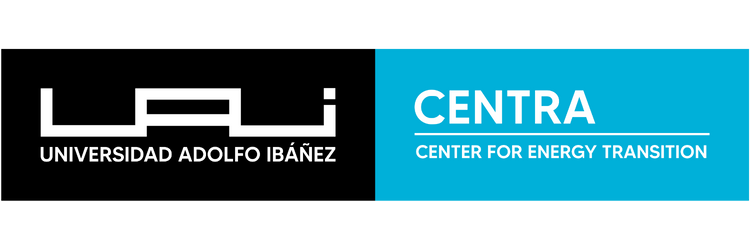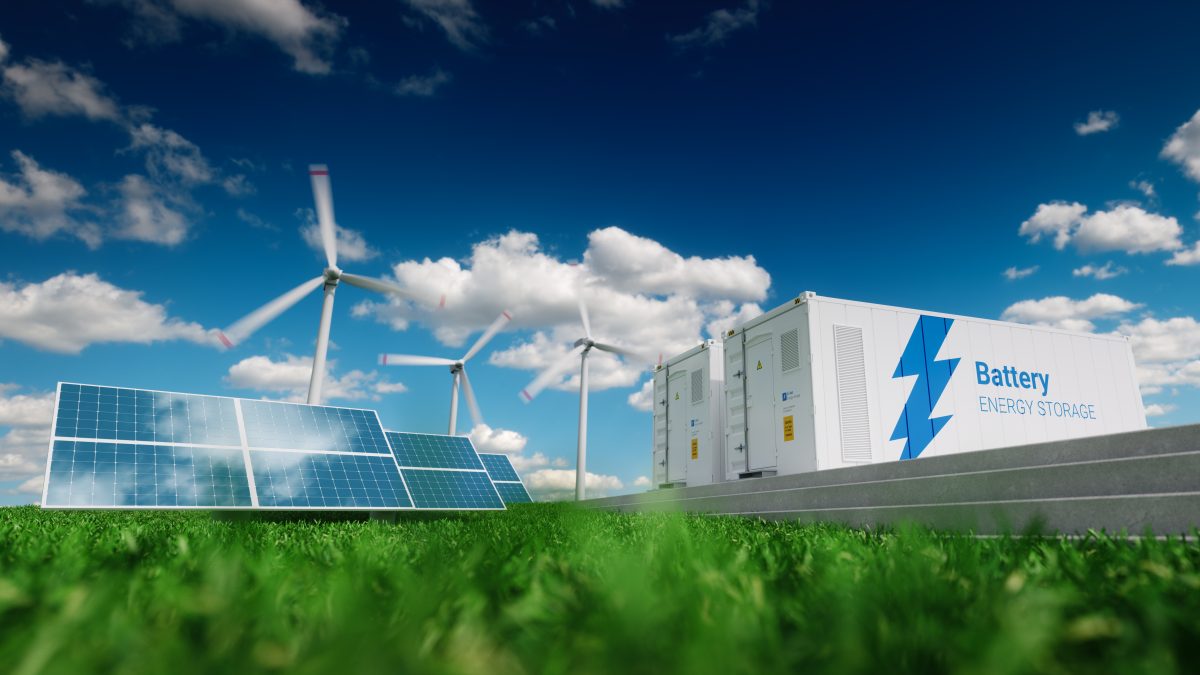How BESS projects are progressing in the national energy ecosystem
July 18, 2025
In recent years, the energy transition toward a more sustainable model, the growing integration of variable renewable sources, and the ongoing decarbonization strategy have all been a key factor. In this context, and with the increasing share of renewables in the national grid, battery energy storage systems (BESS) have become key players in the ecosystem.
BESS IN THE NATIONAL ENERGY ECOSYSTEM
With the increasing share of renewable energy in the grid, battery storage systems have become key to the electricity system. Currently, there are 24 operational projects and 19 under review for construction status.
In functional terms, BESS contribute to system efficiency by enabling the intraday displacement of renewable energy, reducing the use of expensive conventional generation during peak hours, and mitigating discharges, says Bernardo Severino, research manager of the Center for Energy Transition (Centra) at the Faculty of Engineering and Sciences of Adolfo Ibáñez University.
Furthermore, the executive explains, they contribute to operational stability by providing frequency regulation, voltage control, and rapid backups—critical functions in the face of a more volatile generating fleet and reducing inertia due to the retirement of thermal power plants. They also allow for postponing investments in transmission, smoothing demand, and reducing congestion. “Although its deployment outside the utility segment is still incipient—with specific initiatives in the industrial, commercial, and PMGD (small distributed generation) sectors and practically zero adoption in the residential sector—the accumulated experience lays the groundwork for its progressive widespread use at other scales,” says Severino.
This is why several generators are already incorporating this type of technology into their projects, with systems that combine solar energy and storage to improve supply flexibility and stability, says Diego Hollweck, general manager of Generadora Metropolitana. “The BESS project portfolio has evolved toward greater scale, technological diversity, geographic distribution, and strategic relevance for the security and stability of the electrical system in Chile,” he adds.
Local Progress
In addition to contributing to improving the system’s operational efficiency, these plants achieve better use of transmission lines, especially in a context of high penetration of variable renewable energy, according to the National Electricity Coordinator.
Their operating format allows for the storage of surplus solar and wind energy during the day, which can then be injected during peak demand times, reducing the system’s operating costs by requiring less generation from more expensive thermal power plants and reducing CO₂ emissions.
The development of these systems has been notably accelerated in the country, driven primarily by an oversupply of generation during daytime hours due to the high share of solar photovoltaic energy, according to the agency. “Chile currently has 1,177 MW of installed capacity in operating storage systems and more than 611 MW in the testing phase. In total, this is equivalent to a storage capacity of 7.4 GWh of energy, considering their average duration of four hours,” the Coordinator states.
Likewise, the portfolio of projects declared under construction by the National Energy Commission (CNE) has evolved considerably since 2022. That year, five projects were registered under construction, a figure that increased to eight in 2023, to 22 in 2024, and now totals 37 so far in 2025. Currently, there are 24 operational projects and 19 under review for their construction declaration. Considering these three stages—operational, under review, and under construction—the majority of the projects are concentrated in the Antofagasta and Atacama regions. “To date, the National Electric System has an installed capacity of 1,095 MW, and it is expected to reach 4,774 MW by 2026,” the CNE states.
Their modularity, speed of deployment, and ability to deliver multiple services in parallel position these systems as a “technically and economically attractive tool,” with the potential to consolidate as a strategic infrastructure for Chile’s energy transition, says Severino. “Their consolidation as a strategic pillar will require more sophisticated regulation that internalizes all the benefits they deliver, allows for their harmonious integration with other flexibility technologies, and avoids distorted investment signals that compromise their long-term economic viability,” the executive maintains.

